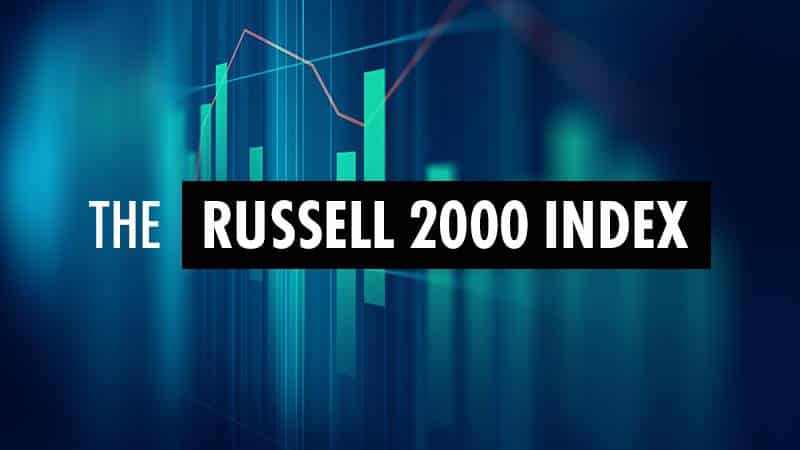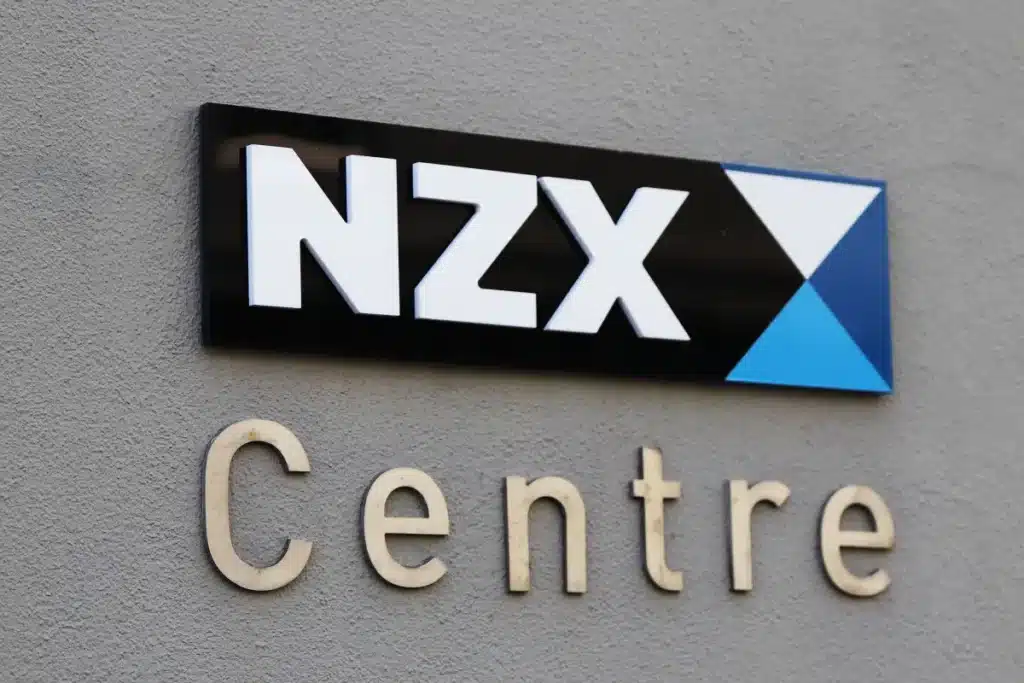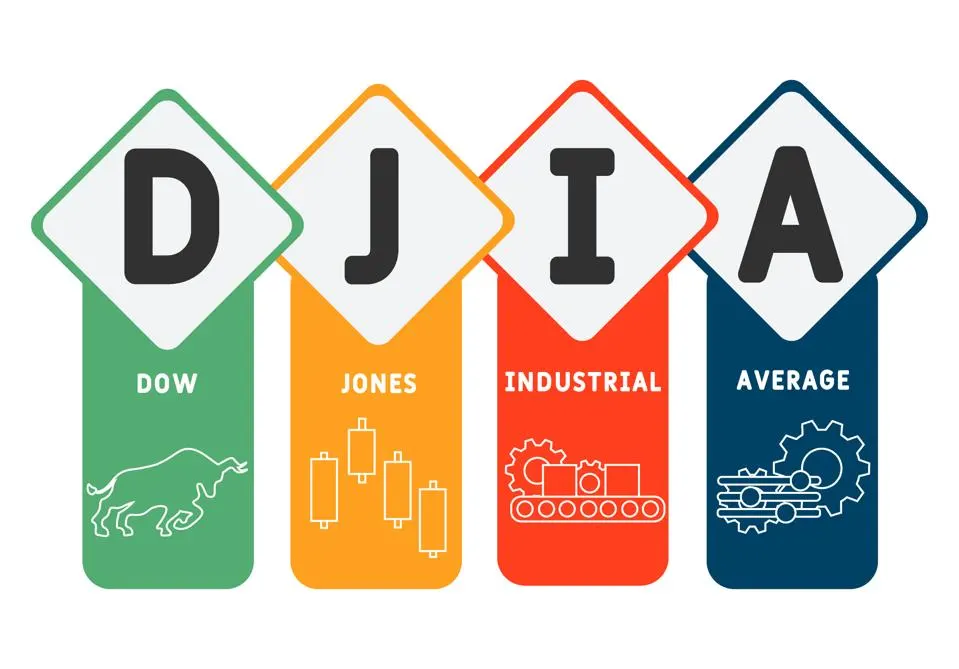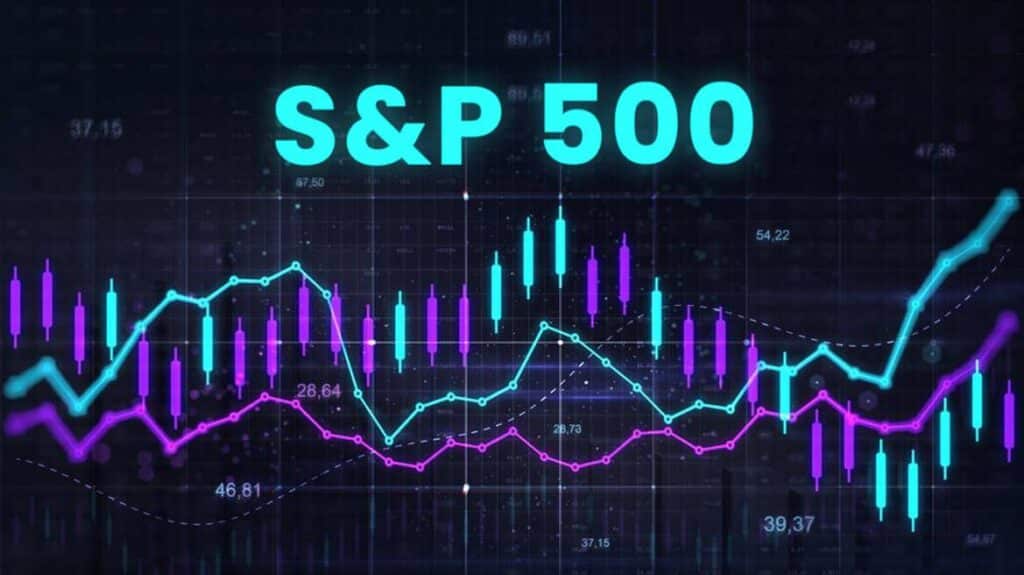Futures Subdued, Barclays No Longer Sees U.S. Recession – What’s Moving Markets?
In the ever-shifting landscape of the financial markets, it’s crucial to stay informed about current developments and trends. On May 16, 2025, market watchers observed that U.S. stock futures were relatively muted, despite the mixed trading activities from the prior session. This inactivity comes in the wake of renewed discussions about possible twists in the ongoing trade initiatives.
However, a compelling shift in market sentiment was announced by Barclays, a leading financial services institution. They have adjusted their economic forecasts, indicating that a looming U.S. recession is now off the table. This news has injected a degree of optimism into the market sentiment, steering traders and investors away from recent fears of an economic downturn.
The removal of recession concerns by Barclays significantly impacts how investors view potential trades and economic stability. With recession-related anxieties receding, market participants are exploring more aggressive investment strategies, instilling newfound confidence in the economic environment. This could contribute to a renewed focus on sectors previously perceived as risky, rejuvenating market dynamics that appeared sluggish just days ago.
Even so, not all market segments are free from worry. In the energy sector, oil prices continue to experience pressure following talks of a possible U.S.-Iran nuclear deal. This agreement could potentially lead to an increase in Iran’s oil supply, further complicating the global oil market landscape and keeping prices on a downward trajectory.
Conversely, in the commodities market, gold prices are experiencing a downturn, potentially marking the worst week since November. This decline could be traced back to positive developments in U.S.-China trade relations, which generally encourage riskier investments over traditional safe havens like gold.
Meanwhile, in the cryptocurrency realm, Bitcoin has bounced back substantially, fetching around $104,000, driven by soft U.S. inflation rates which heighten expectations for a Fed rate cut. Investors keep a keen eye on these developments, as Bitcoin’s volatility often presents both opportunities and risks.
The overall market sentiment seems to be drawing inspiration from past patterns, akin to the market playbook seen in 2018. With investors adjusting their strategies and Barclays offering a more optimistic economic outlook, the financial markets present both opportunities and challenges in equal measure.
As we navigate through these times, it’s vital for investors to stay informed and adapt strategies to changes in market dynamics. With more information and trends to digest, it becomes increasingly important to understand the implications of these developments on your investment strategies.
Today’s Top Analysis: Key Insights for Investors
Understanding the market trends and potential economic impacts is crucial for making informed investment decisions. In this section, we’re diving into today’s top analysis, offering you well-researched insights to help navigate the ever-changing financial landscape.
PPI Surprise: Is Deflation the Next Big Threat to Markets?
In recent years, inflationary pressures have dominated financial news. However, an unexpected surprise in the Producer Price Index (PPI) has many market analysts wondering if deflation could soon become a concern. Deflation, which refers to the general decline in prices, can be just as disruptive as inflation. It could lead to a reduced consumer spending, impacting corporate profitability and potentially bringing about economic stagnation. Investors should keep a close eye on key economic indicators in the coming months to anticipate potential deflationary pressures.
UnitedHealth: DoJ Medical Fraud Probe Adds Pressure as It Battles Cost Headwinds
UnitedHealth, one of the largest healthcare providers in the U.S., is currently under heightened scrutiny due to a U.S. Department of Justice probe into alleged medical fraud. This development adds additional pressure on the company as it struggles with ongoing cost headwinds. The investigation not only impacts UnitedHealth’s reputation but could have significant financial implications if significant penalties are incurred. With healthcare being a substantial sector in the stock market, investors should monitor this situation closely and consider its broader impact on healthcare stocks.
Oil Prices Could Slide More on Growing Iran Supply Prospects
Oil prices are notoriously volatile, and recent analyses suggest they could return to lower levels due to the potential increase in Iran’s oil supply. As nuclear deal negotiations between the U.S. and Iran continue, there’s speculation that an agreement could result in Iran boosting its oil exports considerably. This potential supply increase could lead to oversupply in the global market, driving prices down. Energy investors should keep abreast of developments in these negotiations, as they could have direct implications for energy investments.
Markets Could Lose Buy-the-Dip Support After May OPEX Gamma Drops
The recent analysis indicates that the markets might be at risk of losing the buy-the-dip sentiment after the expiration of May’s Options Expiration (OPEX) Gamma. Essentially, gamma is a measure of the rate of change of an option’s delta with respect to the price of the underlying asset. A decrease in gamma could result in less support for buyers looking to capitalize on short-term dips in the market. As a result, investors might experience more volatility and should adjust their strategies to hedge against potential risks in this scenario.
April Retail Sales Up Just 0.1% — Here’s What It Really Means for the Economy
Recent figures from April show a mere 0.1% increase in retail sales, a much slower growth rate compared to previous months. This slowdown raises questions about consumer confidence and spending power, critical drivers of economic growth. Lower retail sales growth might suggest that consumers are becoming more cautious with their spending, potentially limiting economic expansion. For investors, this is a vital metric to monitor, as it can influence market sentiment and guide investment decisions.
By staying informed of these analyses and economic indicators, you can better navigate your investment journey, anticipate market trends, and make informed decisions that align with your financial goals. Remember, successful investing is not about predicting, but about adapting to change with the best possible insights on your side.
Today’s Top News in the Stock Market
Welcome to your go-to guide for understanding what’s happening in the financial markets today. Let’s walk through some of the pressing topics making waves and moving the markets. From economic indicators to geopolitical influences, having a grasp on these elements will help you make informed decisions in your investment journey.
U.S. Stock Futures Edge Higher
Starting with a positive shift, U.S. stock futures are showing signs of increasing. This uptick is driven primarily by a reduction in recession worries that have been lingering over the market. Recently, Barclays revised their forecast, no longer expecting a U.S. recession. This suggests an optimistic outlook among investors, indicating possible resilience in the economy and making market conditions favorable for potential investments.
Oil Prices Hold Sharp Losses
Oil prices have taken a hit following talks of a potential US-Iran nuclear deal. The prospects of an agreement could lead to Iran re-entering the oil market, potentially increasing the supply of oil and consequently driving prices down. For investors in energy sectors or those holding significant oil stocks, this development is worth monitoring closely as it could influence future stock valuations and market strategies.
Gold Prices Decline
Market enthusiasm regarding U.S.-China trade developments has led to a decrease in gold prices, setting them up for their worst performing week since last November. Gold is typically seen as a safe haven asset, often gaining value during uncertain times. However, easing tensions and increased confidence in the trade relations between two of the world’s largest economies seem to be reducing the allure of investing in gold.
Bitcoin Price Rebounds
In the world of cryptocurrencies, Bitcoin has rebounded to $104,000, fueled by soft U.S. inflation numbers. This has led to speculation of possible Federal Reserve interest rate cuts. A lower interest rate environment can stimulate spending and investment, which often enhances interest in more speculative assets like cryptocurrencies. For crypto enthusiasts, this news suggests potential gains in the near-term market conditions.
Return to the 2018 Playbook
The current market trends are reminiscent of those observed in 2018. During that time, trade tensions and market volatility were high, but eventually led to strategic opportunities for savvy investors. Understanding these patterns can provide valuable insights, especially for those leveraging historical data and trends to inform their investment choices. Whether you are considering jumping onto the stock market or reevaluating your current portfolio, recognizing these periods of similarity can offer tactical advantages.
In conclusion, today’s financial landscape is shaped by a blend of economic optimism and geopolitical developments. Keeping an eye on these critical issues will not only help you understand the underlying forces at work but also empower your investment decisions. Stay informed and strategically adapt to these market dynamics to optimize your investment outcomes.








